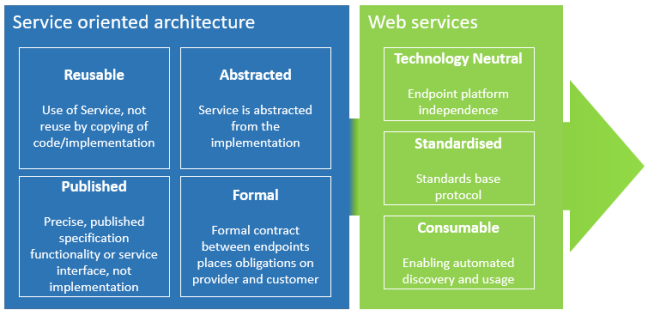The Framework on Access to Base Registries (BRAIF) and Interconnections aims to provide guidance to Member States on how to grant access to the data in Base Registries and how to interconnect them.
Technical Architecture

- A service-oriented architecture is composed of services that are self-contained and independent from the context or state of the other services they communicate to;
- Modular, loosely coupled service components, and interconnected through an infrastructure layer
Data Architecture
The main goals of data architecture in the realm of the access and the interconnection of base registries are:
- The identification of entities and attributes required to manage the information within the organisation
- The definition of processes related to acquisition, transformation, enrichment, publication and storage of data
- The provision of data exchanges with both data suppliers and consumers.
Questions:
1. How the tools and systems, that base registries currently use in your country, are interconnected? Do you have plans on how better integrate them with each other?
2. What kind of data do you have, and where does it come from?
3. How complex is the data acquisition process?
What's your opinion on these topics? Please share your comments with us !
Login or create an account to comment.


Comments
During ABR webinar in October, Netherlands has shared their experience on data architecture.
In Netherlands, there are 10 base registries appointed by law, which are the owners of the data, responsible for their own processes, data quality, etc. The registries provide the data to a central system, namely, Stelselcatalogus, which plays a role of a metadata collector.
There are no common principles or guidelines on data architecture.
Among challenges, e.g. some data is defined differently in different base registries or the structure of base registries differ one from another.
Currently, the focus is on collecting as much data as possible, thus everyone can see the differences between base registries. The plan is to start gradually work on common definitions. Standardisation would occur when more and more data is combined over all registries. Currently, the translations are offered, from the registries to general definitions on the main objects, which will be connected to EU standard definitions.
I've been following some of the projects in the UN's Digital Public Goods initiative and some of them seem to be applicable in this context:
UN Digital Public Goods Registry: https://digitalpublicgoods.net/registry/
What are your views on this?